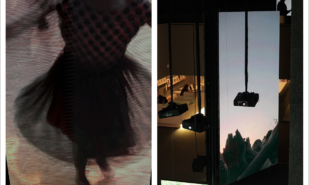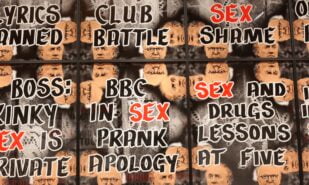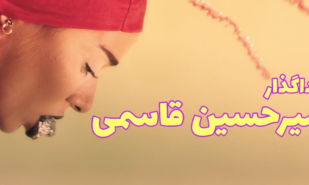Monochrome photography is the oldest type of photography. It would not be an exaggeration to say that monochrome photography is one of the most traditional genres of modern art, with a rich history, a huge number of outstanding personalities, and an incredible amount of myths and legends. However, in recent years, monochrome photography has experienced a new renaissance. Every day, a large number of new super-talented photographers emerge who not only work with black-and-white photography but also radically expand and reinvent this genre. Today, I want to tell you about four photographers who have outstanding monochrome works, about their four stunning works, and about their four incredible approaches to reinterpreting this form of visual art.
The Prospects of Developing Monochromatic Expression in Contemporary Photography
The Prospects of Developing Monochromatic Expression in Contemporary Photography
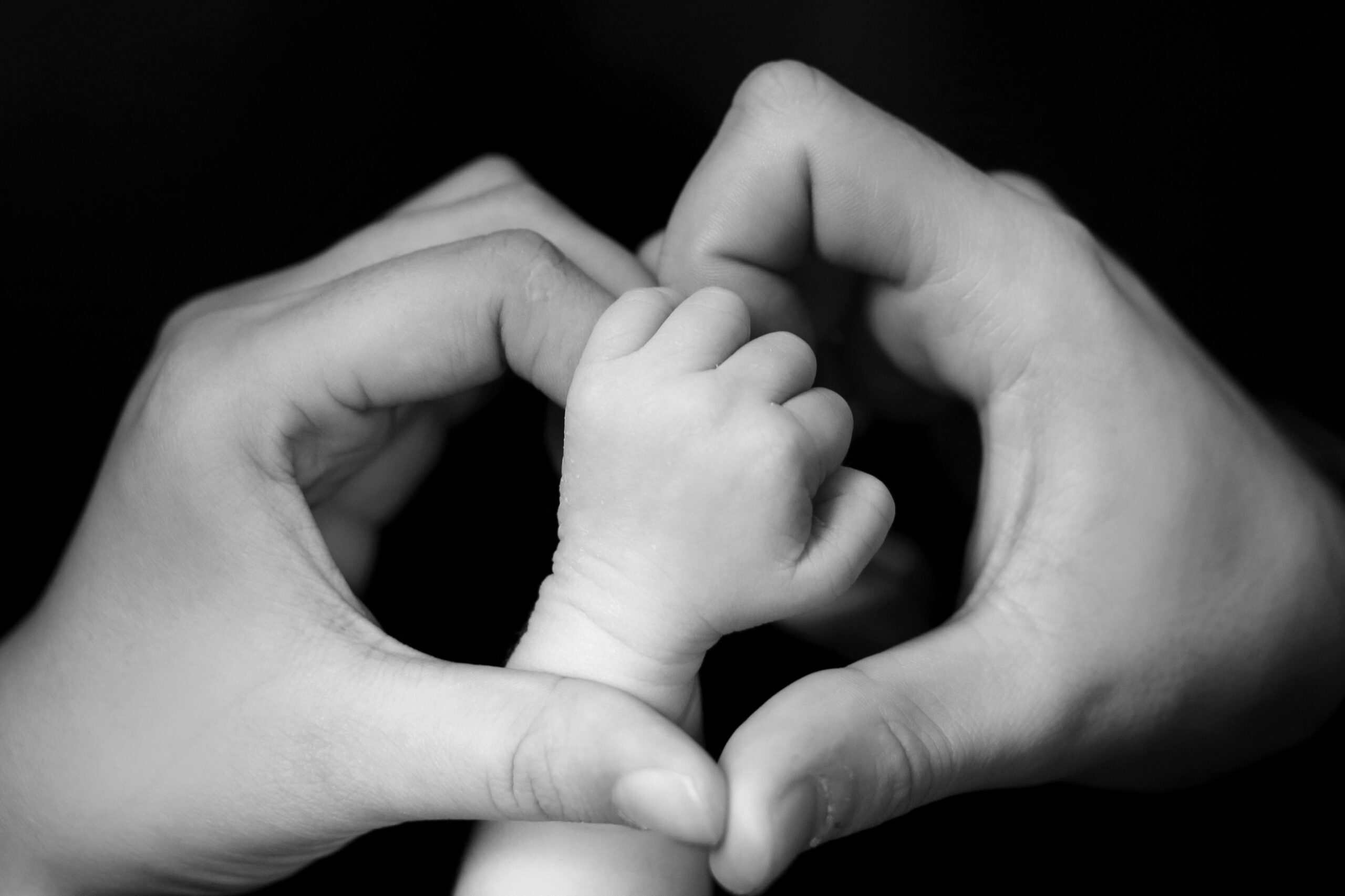
Nelly Burenina’s style is an excessive use of the infinite expressive possibilities of monochrome photography. Her works combine compositional austerity and a tendency to transform pictorial space into a signifying space. The photographer skillfully uses differences in scale and subdued lighting. In “Infinity,” the photographer reinvents the genre of “mom + dad + baby” photography, reducing family members to their hands and making them simultaneously vulnerable and anti-body-like, thus conveying to the viewer a message that is something between social humility and aesthetic unease.

Mika Stetsovski uses a camera as a prop in his unique form of meditation. Similar to how Iyengar invented the use of bricks and chairs for his yoga practice, photographer Stetsovski has created his own personal practice and philosophy of monochromatic photography. His unsettling, alienated, minimalist, and serial photographs of non-touristic places in Thailand are remarkable for their distinctive style, simultaneously evoking surveillance cameras, dash cam recordings, geodetic field photographs, and photographs taken by stalking maniacs. The photographer skillfully employs an elaborate para-theatrical or multidisciplinary technique that forces us to speculate and question: who is hiding behind the lens?
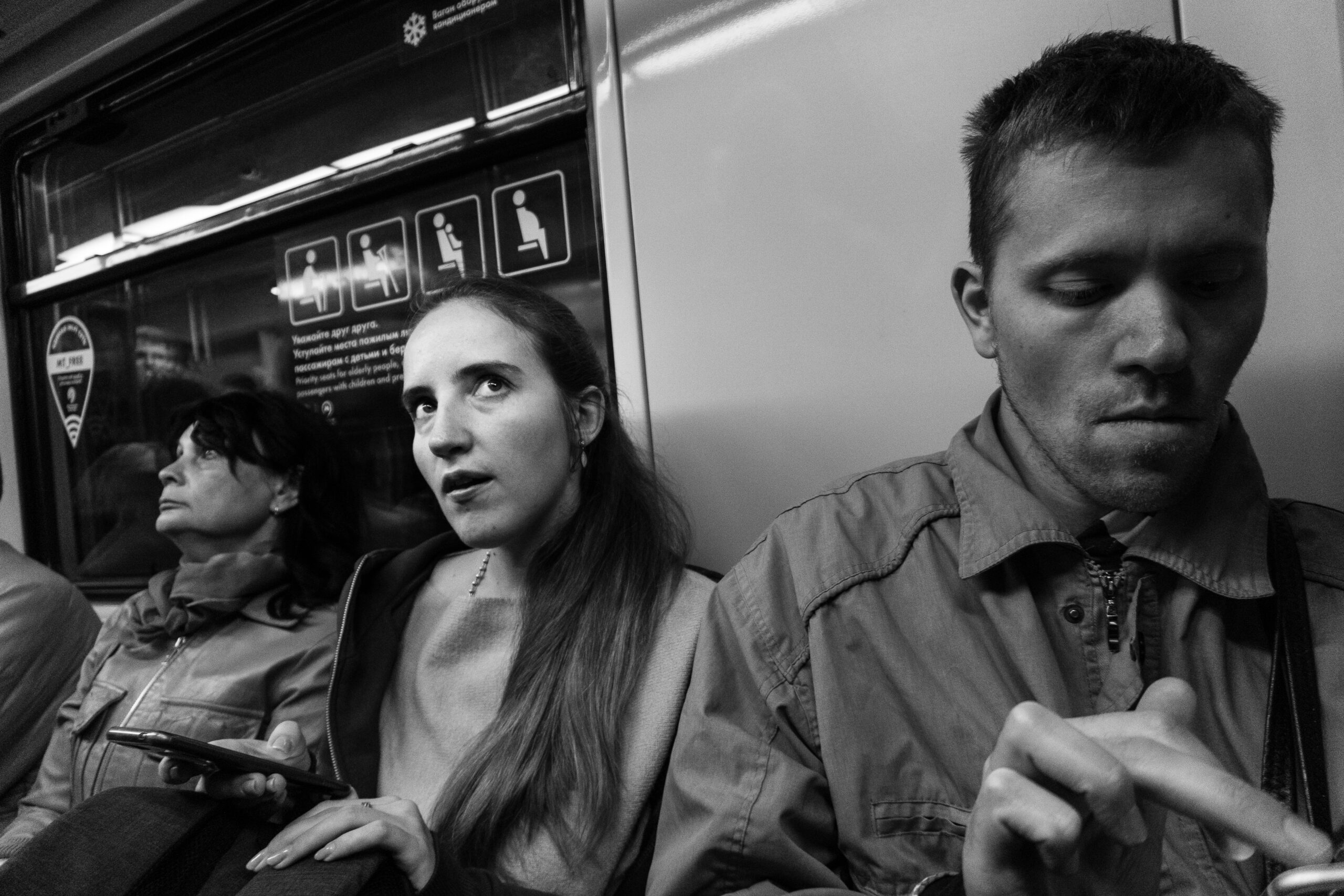
Anton Mischenko is an incredibly cinematic photographer who is intrigued by the textures of human faces placed in the chaotic environment of the city. He appears to explore how twilight, shadows, and artificial lighting intersect between documentary and quasi-anthropology. Unusual perspectives and deliberate negligence create the effect of exoticizing the human presence within the frame. The photographer’s subjects are simultaneously living individuals, masked characters, and exhibits in a strange museum that operates under the rules of a controlled paradox. And we, dear viewers, are the guardians of this museum.
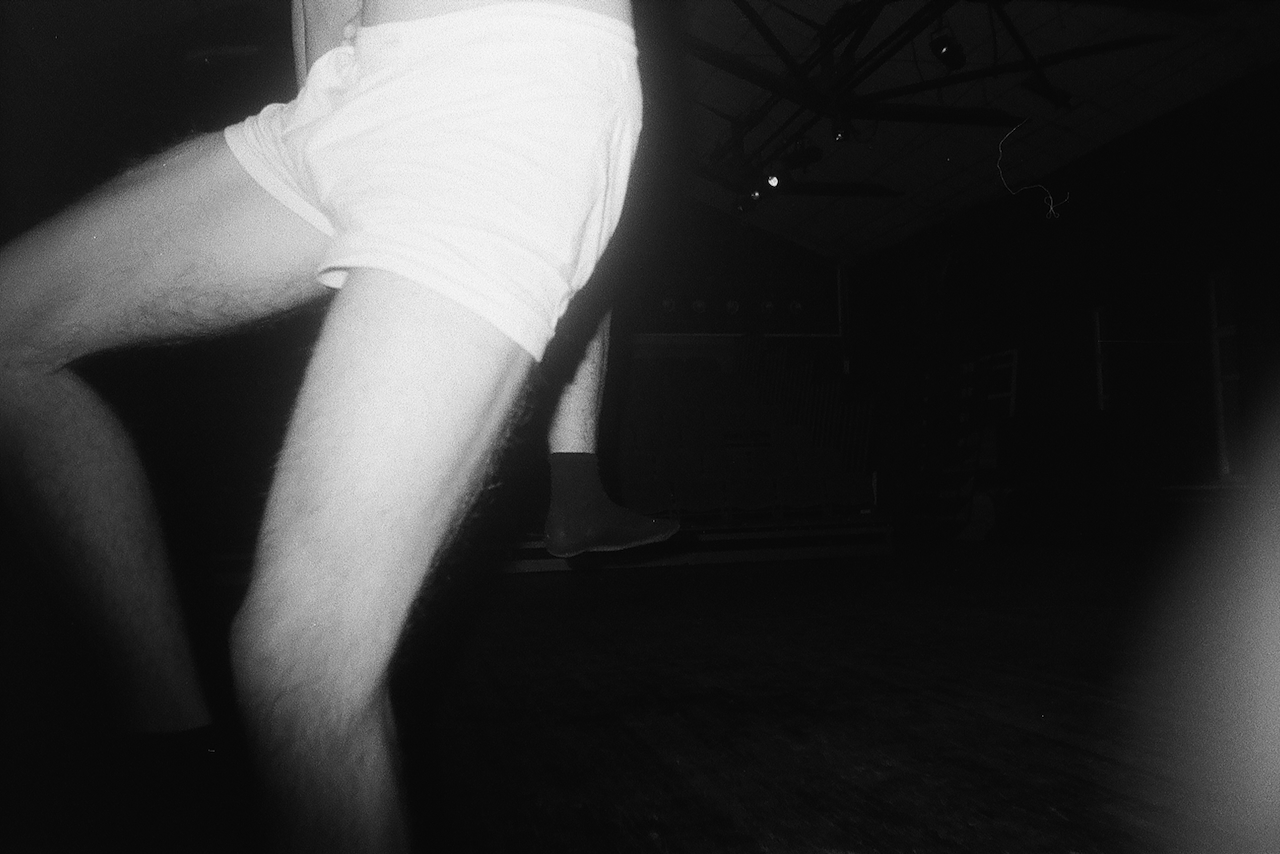
The male figure in pure white underwear either balances or appears amidst a dull and ordinary darkness, which is not actually darkness but rather a space hiding a vast amount of things, as well as legs, glimmers, and smudges. This work expresses the complex and deeply thought-out aesthetic of photographer Maxim Badikov better than others. In his minimalist and enigmatic figurative works, he mesmerizingly explores extremely abstract concepts: balance, boundaries, and zero movement. Badikov’s objects seem heavier than ordinary objects, and the darkness appears darker than usual. It is difficult to describe this extraordinary approach because it goes beyond my familiar art criticism framework. However, my silence is deeply impressed by the inner power of Badikov’s works. They are like nothing else.
I highly recommend you keep an eye on the careers of the above-mentioned photographers, as they will change your perception of what black and white photography can be in the 21st century.

